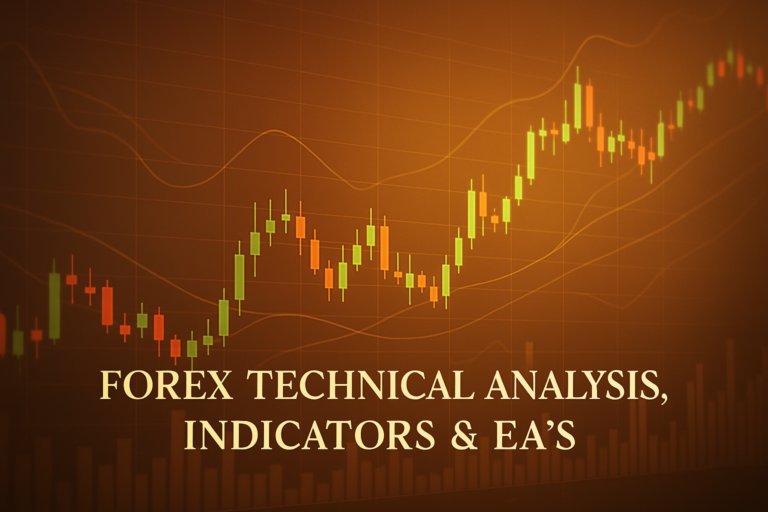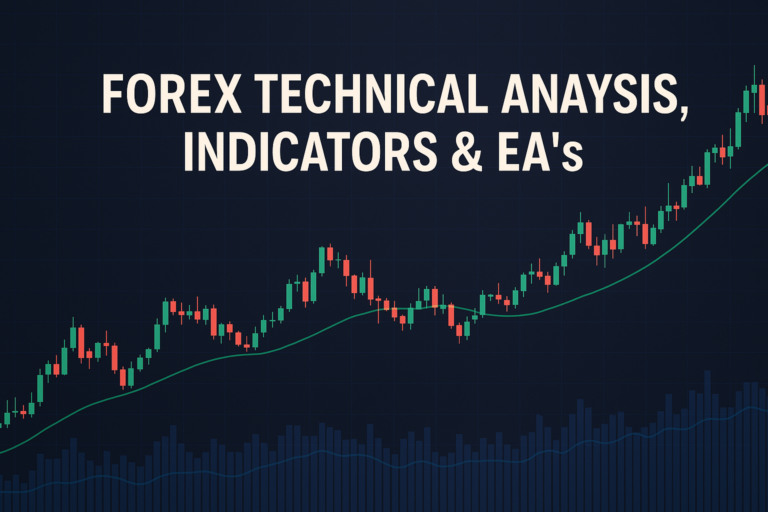
Trading sessions are crucial in Forex trading, guiding traders through their strategies and decisions.
In the world of Forex trading, understanding trading sessions is crucial. Each trading session represents a unique opportunity in the market. These sessions include the Asian, European, and North American sessions, each with its own characteristics and influences. However, both beginners and experienced traders often find themselves struggling to navigate these sessions effectively. The fast-paced nature of Forex can be daunting, leading to missed opportunities or unexpected losses.
By grasping the importance of trading sessions and their timing, traders can better position themselves for success. Knowing when to trade can significantly impact your profits. Understanding the dynamics at play in different trading sessions is key to developing effective strategies. This knowledge acts as a compass, guiding you through the intricate world of Forex trading.
Understanding the Trading Sessions
Each trading session has its own unique characteristics. The Asian session, for example, often sees less volatility, while the European session can bring a surge in trading activity. This means that different currency pairs may behave differently depending on the time of day. For instance, during the European session, the EUR/USD pair may see more movement than during the Asian session.
This fluctuation occurs for various technical and market-related reasons. Economic news releases, geopolitical events, and market sentiment can all influence trading activity. For example, if a major economic report is released during the European session, traders may react quickly, causing significant price movements. In contrast, during the Asian session, traders might be more cautious, resulting in lower volatility.
Pro’s and Con’s for Trading Sessions
Understanding the pros and cons of trading sessions can help you make better decisions. Here are some key points:
- Pro: Increased Opportunities: Each session provides unique trading opportunities. For example, if you trade during the European session, you may benefit from higher volatility.
- Con: Overlapping Sessions: Sometimes, sessions overlap, which can lead to unpredictable price movements. For example, the overlap between the European and North American sessions can create sudden spikes in volatility.
- Pro: Specific Trading Styles: Certain trading strategies work better during specific sessions. Day traders may prefer the European session for its active market, while scalpers may thrive in the Asian session’s quieter environment.
- Con: Time Zone Challenges: Traders from different regions may find it hard to trade at certain times. This can limit participation in active sessions, reducing potential profits.
To mitigate challenges, here are some step-by-step solutions:
- Choose Your Sessions Wisely: Identify which session aligns with your trading style. If you prefer volatility, focus on the European or North American sessions.
- Set Alerts: Use trading platforms to set alerts for key trading sessions. This way, you won’t miss important market movements.
- Practice Makes Perfect: Spend time practicing during different trading sessions to understand their behaviors better.
For advanced traders, keep the following pro tips in mind:
- Stay Informed: Keep up with economic news that could impact trading sessions.
- Use Technical Analysis: Apply technical analysis tools to identify potential entry and exit points during different sessions.
- Review Your Trades: After each session, analyze your trades to learn from successes and mistakes.
Frequently Asked Questions
1. What are the main trading sessions in Forex?
The main trading sessions in Forex are the Asian, European, and North American sessions. Each session has different characteristics that can influence trading.
2. How do trading sessions affect currency pairs?
Different currency pairs may behave differently during each trading session due to varying levels of volatility and trading volume. For example, the EUR/USD pair may experience more activity during the European session.
3. Can I trade during all trading sessions?
Yes, you can trade during any session. However, it’s important to choose the session that aligns with your trading style and strategy.
4. What should I do if I miss a trading session?
If you miss a trading session, don’t panic. Stay informed about the market conditions and prepare for the next session.
5. How can I improve my trading during specific sessions?
To improve trading during specific sessions, you can practice trading, set alerts for key events, and stay informed about market news.
6. What time do the trading sessions start and end?
The Asian session starts at 11 PM GMT, the European session at 7 AM GMT, and the North American session at 1 PM GMT. Understanding these times can help you plan your trades.
7. Is one session better than another for trading?
It depends on your trading style. Some traders prefer the volatility of the European session, while others may enjoy the quieter Asian session.
Conclusion
In summary, understanding trading sessions is essential for any Forex trader. By recognizing the characteristics of each session, you can make informed decisions that enhance your trading strategy. Remember, with practice and informed choices, you can manage and even avoid potential pitfalls in trading sessions.
Staying informed and adaptable will enhance your trading journey. Embrace the learning process and keep refining your strategies!
Recommended Next Steps
To further enhance your understanding of trading sessions in Forex, consider the following steps:
- Study the characteristics of each trading session.
- Test different trading strategies during various sessions.
- Keep a trading journal to track your performance during each session.
- Join online forums or communities to share insights with other traders.
For more insights into Forex trading, check out Investopedia and FXStreet.
Expand Your Knowledge
- 📌 Forex Trading Learning Road Map
- 📌 Forex Trading Course with no Fees
- 📌 Forex Trading Issues, Problems, and Solutions
- 📌 Forex Daily Forecast & Live Updates
- 📌 Forex Fundamental & News Analysis: Tomorrow’s Market Movers & Trade Opportunities
- 📌 Forex Education Hub: Learn & Profit
- 📌 Forex Technical Analysis, Indicators & EA’s
Start Trading Today
Ready to take your forex trading to the next level? Open an account with Exness, one of the most trusted platforms in the industry. 👉 Sign Up Now and start trading with confidence!
Exness stands out with ultra-low spreads for mini traders, instant withdrawals, and zero spread accounts for pro traders. Trusted since 2008, Exness offers lightning-fast execution, no hidden fees, and a secure, transparent trading environment—giving you the edge you need to succeed. 🚀 Join now and trade smarter!
Watch this helpful video to better understand trading sessions:
Note: The video above is embedded from YouTube and is the property of its original creator. We do not own or take responsibility for the content or opinions expressed in the video.
In the world of Forex trading, understanding trading sessions is crucial for maximizing opportunities and making informed decisions. A typical trading week, from Monday to Friday, consists of three primary sessions: the Asian session, the London session, and the New York session. Each session has specific opening and closing times, with the London and New York sessions being particularly significant due to their higher trading volumes and the potential for larger market movements. During these sessions, traders can expect key moments known as “kill zones,” where volatility tends to peak, making it optimal for entering and exiting trades. The London session generally establishes the day’s low during an uptrend or the day’s high in a downtrend, while the New York session can either reverse the previous day’s trend or continue it, giving traders vital information about the market direction.
When trading, it is advisable to enter trades during these high-volatility periods and exit just before the sessions close to avoid decreased market activity. For instance, entering during the London kill zone (7 AM to 9 AM UK time) or the New York kill zone (7 AM to 9 AM New York time) can lead to enhanced trading outcomes. Analyzing price action during these sessions is essential. Traders often look for price movements that indicate potential reversals or continuations based on previous trends. For example, if a currency pair shows a strong upward movement during the London session, traders may anticipate a continuation of this trend during the New York session. Alternatively, if the New York session reverses the move from the London session, it provides an opportunity for profit by taking advantage of the price fluctuations. Ultimately, familiarizing oneself with trading sessions allows traders to strategize effectively, recognize patterns, and make better decisions in the fast-paced Forex market.





